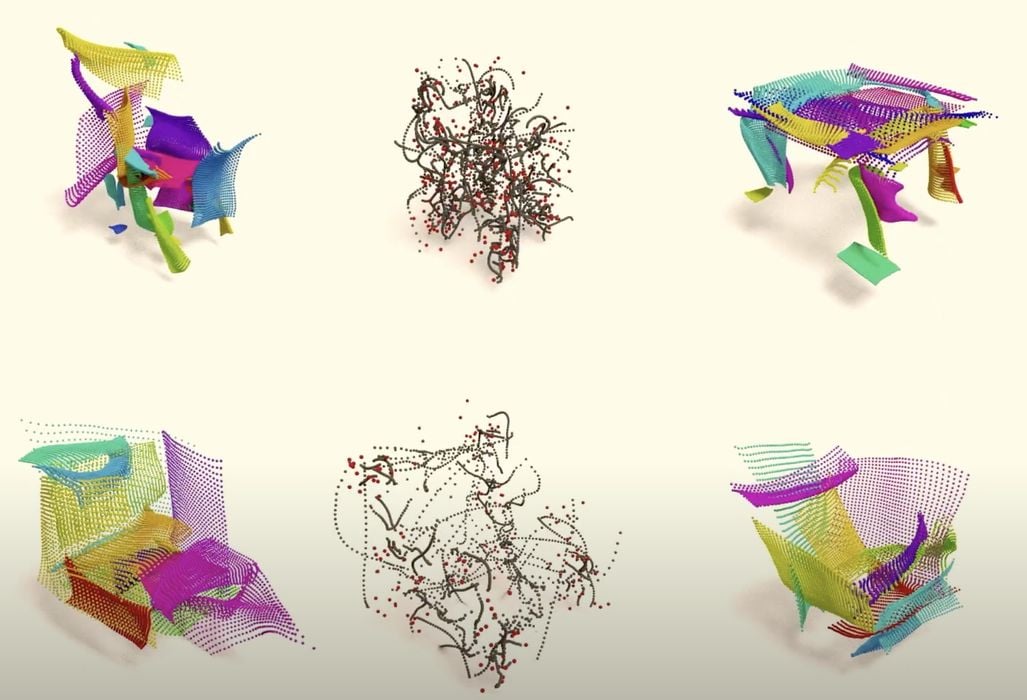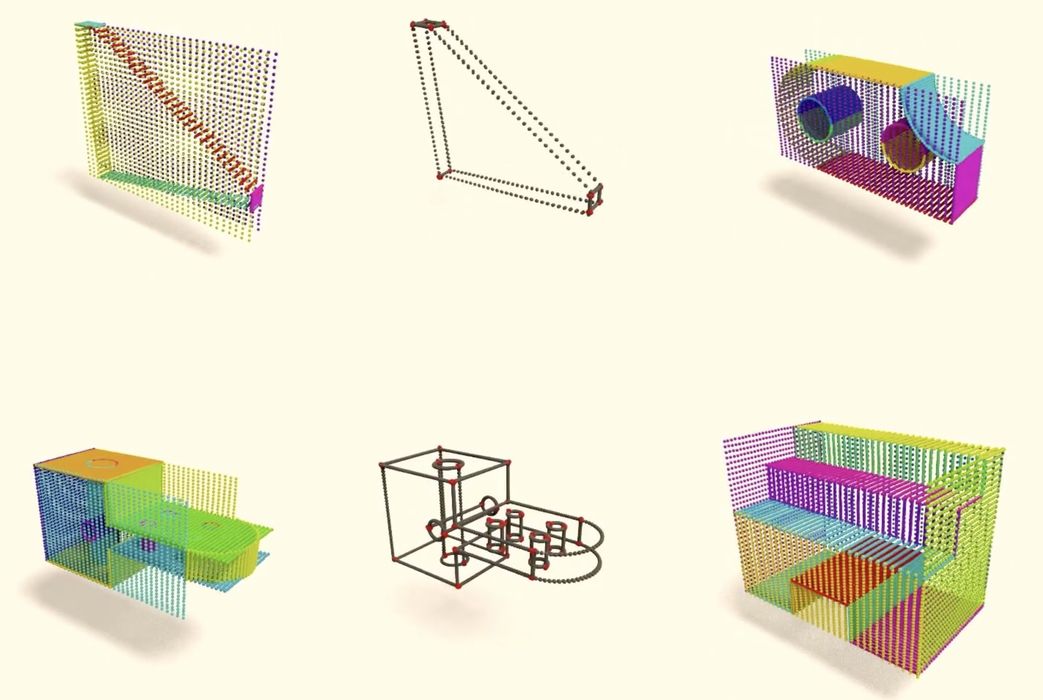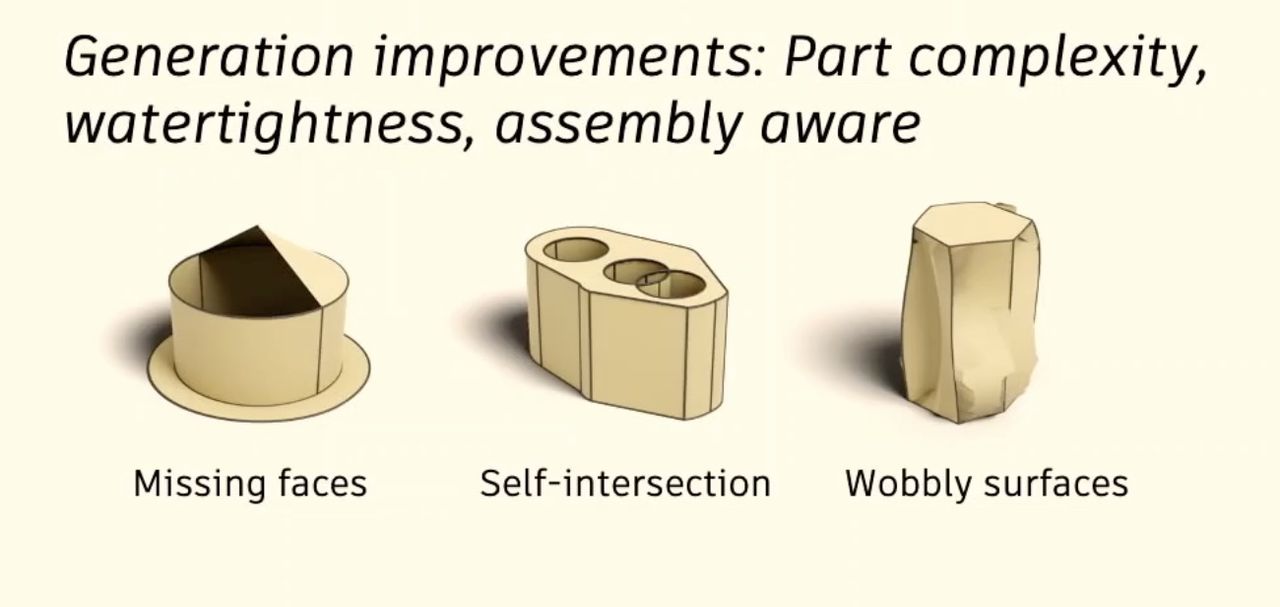
Research is proceeding on ways to use AI techniques to generate solid mechanical 3D models.
AI has been successfully used in many domains to automatically generate content. Text and images are the most familiar at this point, but what about generating 3D models?
There have indeed been several systems developed to do so. These have been trained on generic shapes and sometimes use 2D images as an intermediate step: generate a picture of an object, then generate a 3D model from that image.
These systems do work, but the 3D models are not precise in terms of surfaces or dimensions. Because of that problem, the generation of useful mechanical 3D models just isn’t happening: you can’t generate a proper 3D model of a part.
This issue is under serious investigation by several researchers. One of them, Karl D.D. Willis, Senior Research Manager at Autodesk, has presented the state of his work at the recent CDFAM Computational Design Symposium. The entire presentation is available here:
Willis takes an entirely different approach to AI generation. Instead of using the overall shape of the model, they instead generate the components of the BREP that is often used in CAD software. BREPs are collections of adjacent basic surfaces, like planes, curves, etc.
By generating the surfaces in this way, they are able to produce BREP models that can be used in the same way as those created manually with CAD software.

It’s quite a complex process, and I encourage you to watch Willis’ entire talk to understand how it works. Interestingly, the approach uses a diffusion model to first identify the edges, very similar to how 2D images are generated. Why not? It’s all just data, and that data can use the same transformer algorithms. After the edges are identified, then a second step transforms the edges into surfaces, which are then knitted together to form the BREP.

The experiments done by Willis were trained on furniture shapes, and therefore can generate only that type of part. However, it’s a proof of concept, and it would be possible to train new generators on different sets of shapes.
It’s not perfect, as Willis reports they have plenty of issues yet to solve. However, this is a huge breakthrough in AI technology for part design.

Once this is solved, and I am certain that it will be, we could find ourselves using advanced systems that can generate simple mechanical part 3D models on demand.
Could this be the future of 3D design?
Via YouTube
